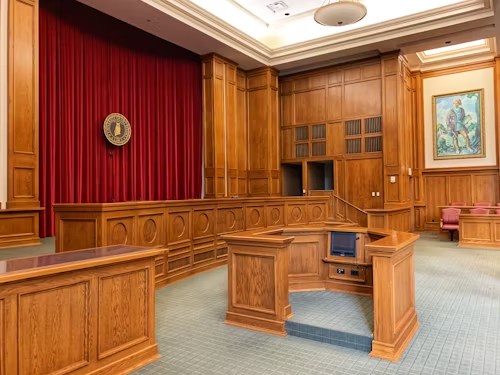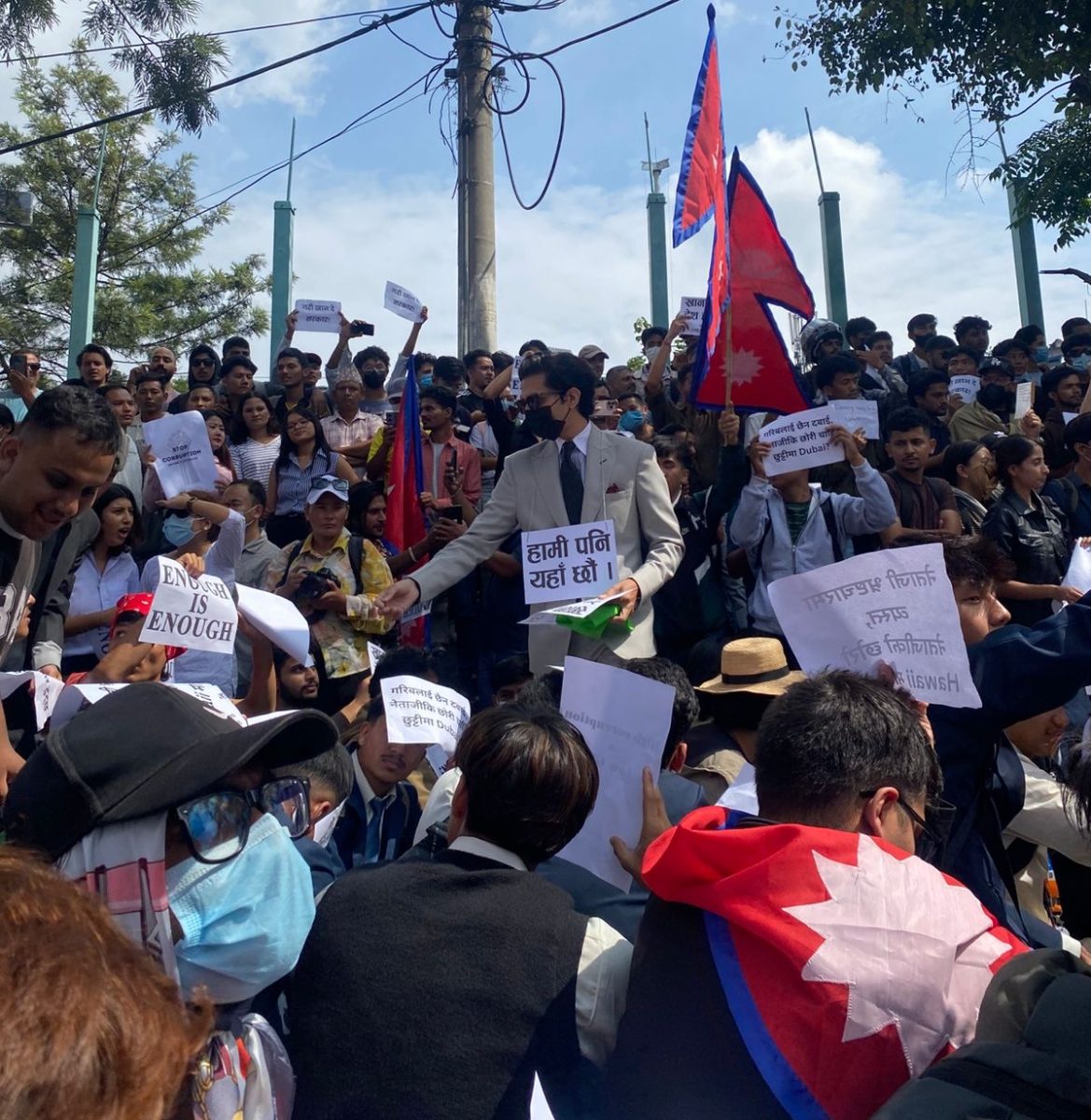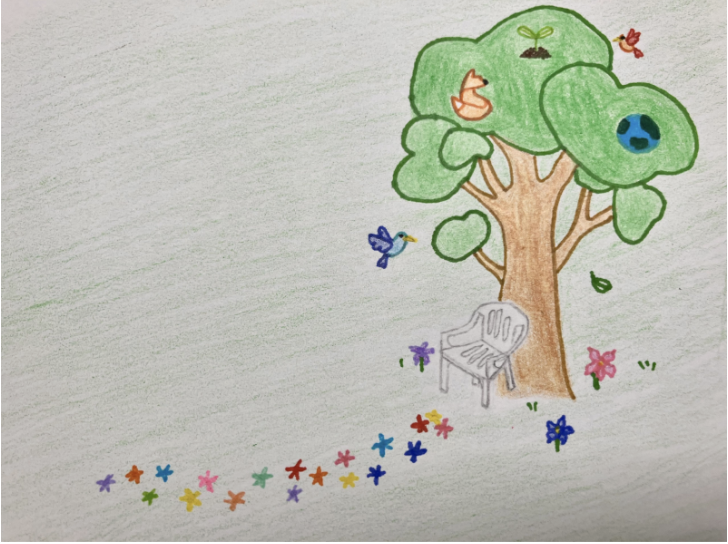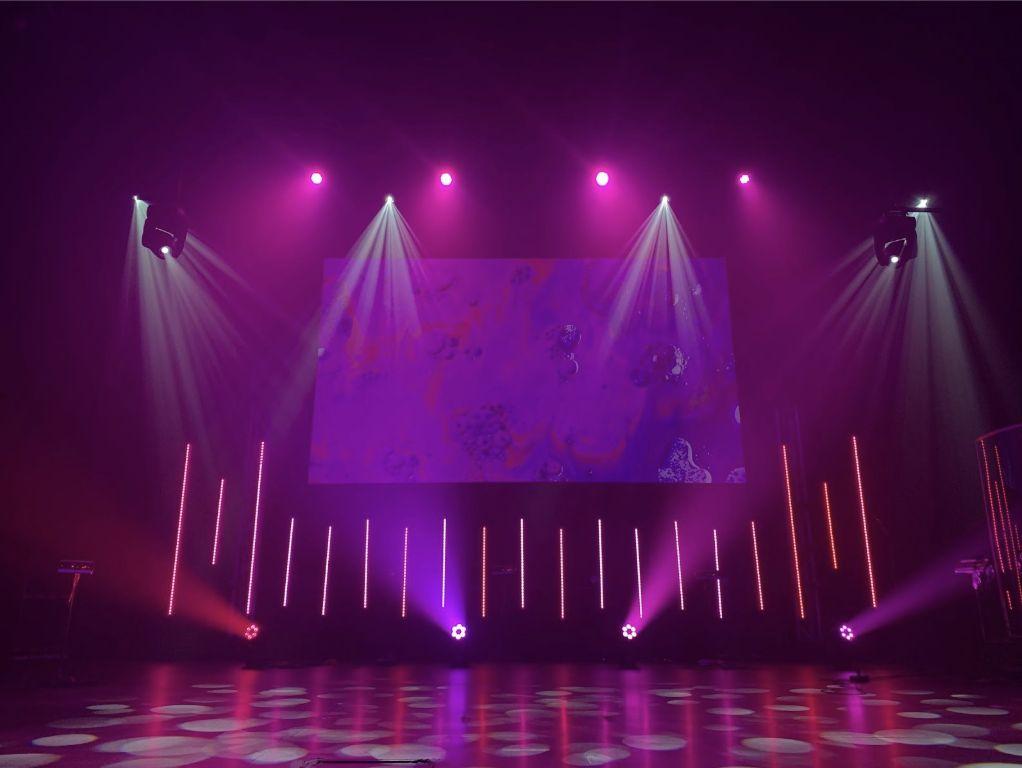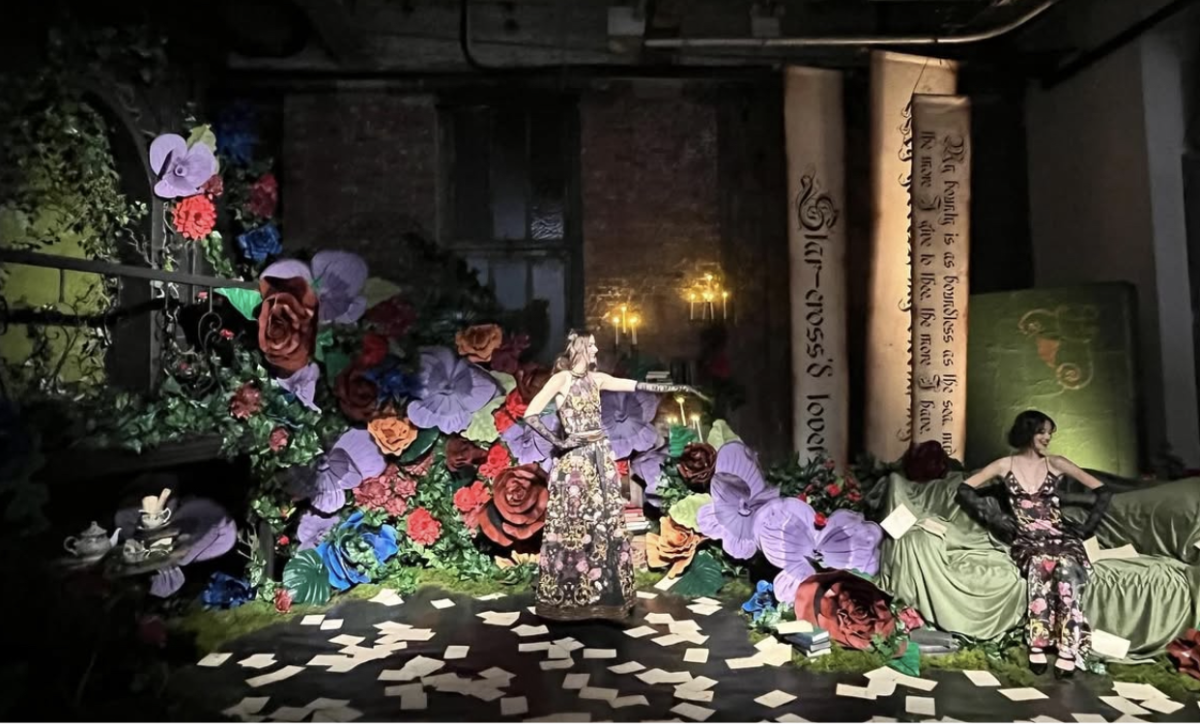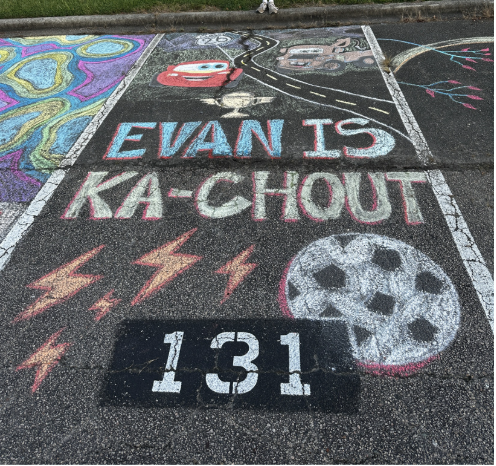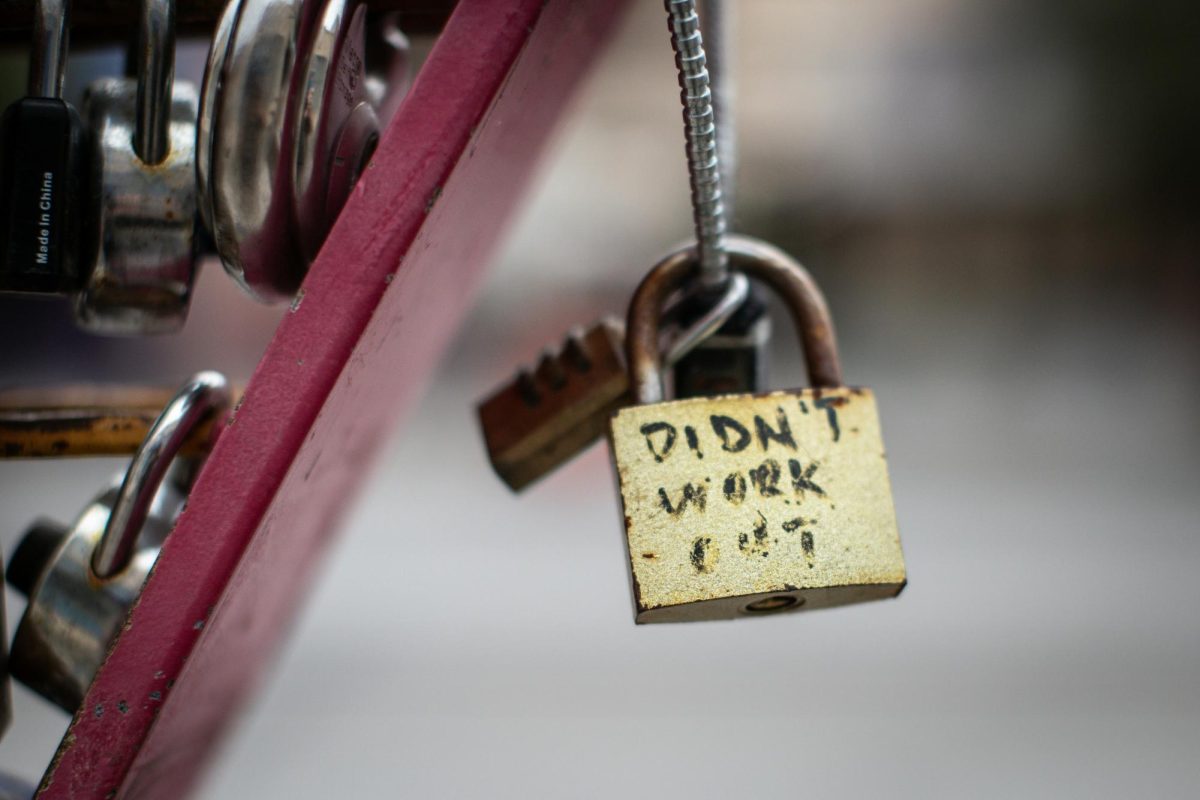
A core principle of urban design is making public spaces accessible, convenient and practical for use by the general public. This idea is based upon the fact that in urban areas tend to be crowded and thus common space is created for all to enjoy in the compacted space. There are several advantages to this, one the primary being that people can effortlessly socialize and utilize societal common spaces without traveling far from their homes and sacrificing convenience.
A prime example of this form of city design is in Paris where they have designated car-free zones. The idea in these zones is that everything needed for one to live their day-to-day life is accessible in a short 15-minute walk or a shorter bike ride. There are many practical benefits to this city design, one of the primary being that the lack of roads designed to allow automobiles to pass through helps reduce climate emissions that are detrimental to our planet. Additionally, the vegetation that is carefully planted throughout the design helps make the area more environmentally friendly. According to the EPA, urban vegetation can greatly help reduce urban heat islands through the shade they provide along with the evaporation and transpiration they do.
Areas that are designed like this are optimized for living, especially when all or most of the space’s residents are living with their families or at least one other person in their home. They are designed to not need the use of cars in daily life and are also ideal for those who are experiencing homelessness since they have close access to essential services such as potable water and public restrooms.
However, in a place like the U.S.A., cities are designed to require the use of vehicles, it is a struggle for those experiencing homelessness to find a suitable area to stay where they have shelter, access to potable water and the essential means to use a restroom. However, the rare places where all of the accommodations are found are frequently not welcoming to those who desperately need the ability to reside and utilize the basic human accommodations available.
Those experiencing homelessness already deal with the challenge of dealing with those who are extremely unwelcoming. Perhaps the most frequent example in our society is unsuspecting homeless people resting in front of small businesses and shops only to be harassed by business owners due to their fear that their presence is scaring away potential customers and reducing their profits. A study by the California State University Department of Sociology went into detail on how the homeless have no functional privacy. Yet, in the areas where they do find privacy, they are seen as a feature that ruins the area. However, the same people who desire their removal offer no other solution to help deal with the homelessness problem as a whole.
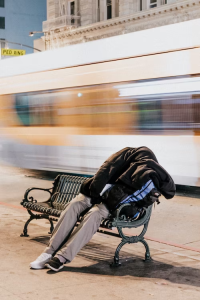
This is part of a larger societal problem where the homeless population is looked down upon as a section of mankind that is composed of the least valuable members of society and is ultimately dragging society back. The Los Angeles city government even labeled the homeless as the “undesirable population” in a document describing how they sought to contain the homeless population in one area. This is detrimental to society since it means that even our governments can’t ultimately begin to help reduce levels of homelessness until we begin to accept and lift those who are currently homeless out of homelessness.
In the few places in the U.S.A. that are practical for the homeless to be safe in, cities have purposefully installed and created anti-homeless architecture to drive out the homeless population from their city. Examples of this include placing bars on benches to prevent people from lying down and resting on them. The most infamous example is the installation of concrete spikes in areas covered by bridges so that the homeless cannot set up and create an encampment there. The Guardian reported that Manchester, England had placed “Anti-homeless spikes” around the city in areas where the homeless could have sought refuge. This same type of architecture is also common in many large U.S. cities such as N.Y.C., Portland, San Francisco, Sacramento, Philadelphia and many others.
Aside from showing a lack of sympathy and making homeless people feel unwelcome, it proves the government is purposefully going against its primary purpose- to help everyone. The government itself is designed to serve its people and be an agent that makes their lives better collectively. Being so openly discriminatory without regard for the members of their community is harmful to our society, especially as the source that is supposed to be providing aid for them.
Societally, homelessness is ignored since the sentiment of thinking the homeless are to blame for their predicament is shared by the majority of society and thus they ultimately receive little to no aid. Until the government openly recognizes this and begins to at least attempt to actively reverse this problem, this problem will only continue to get worse and be a reflection of the humanity in our society.

